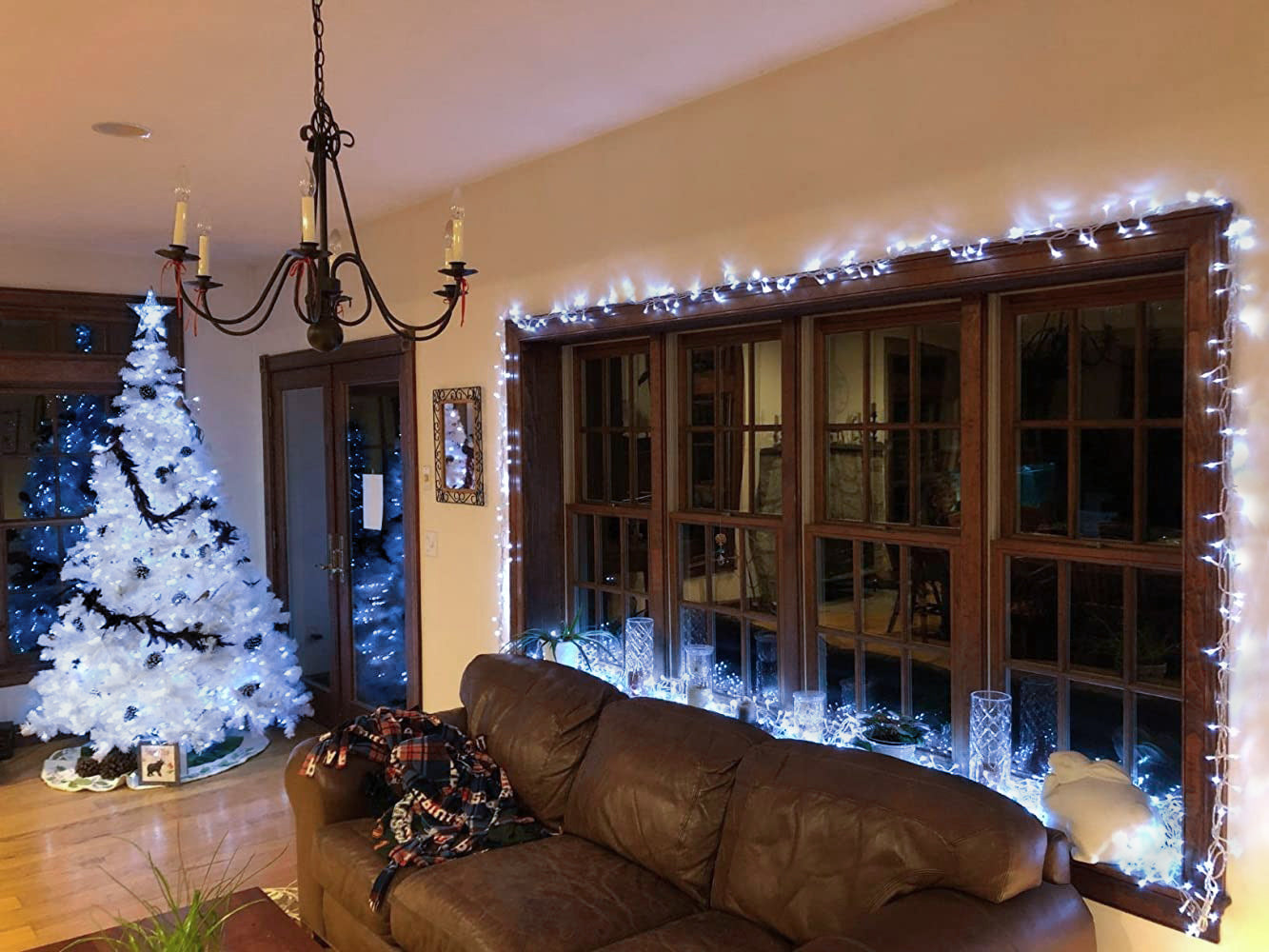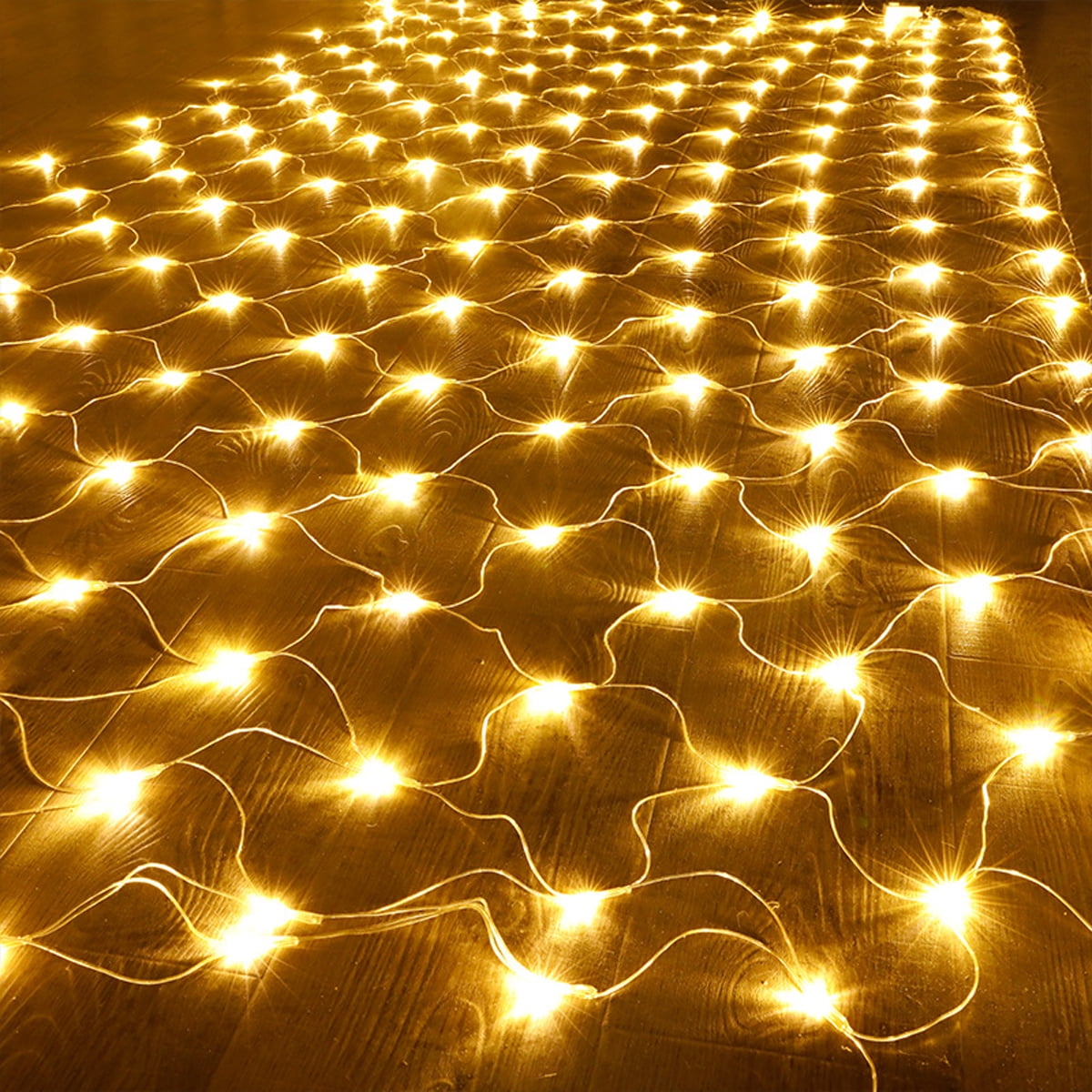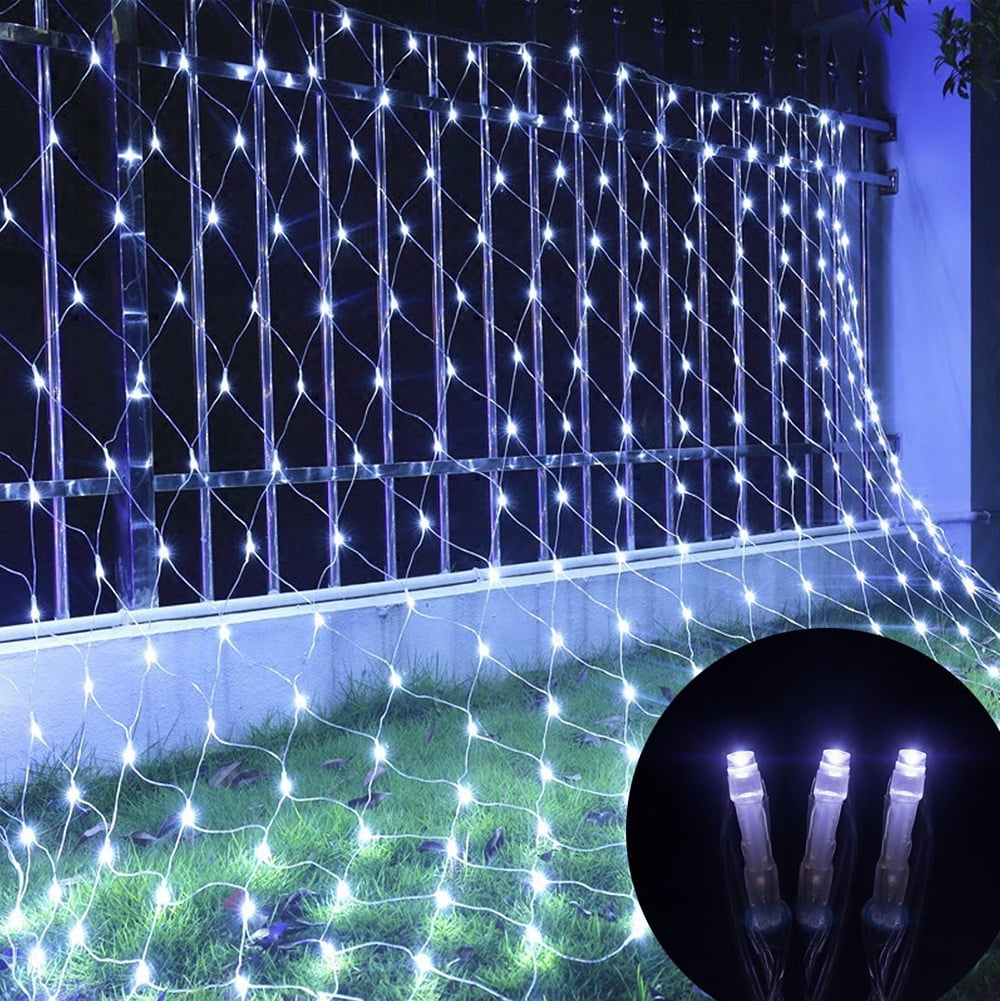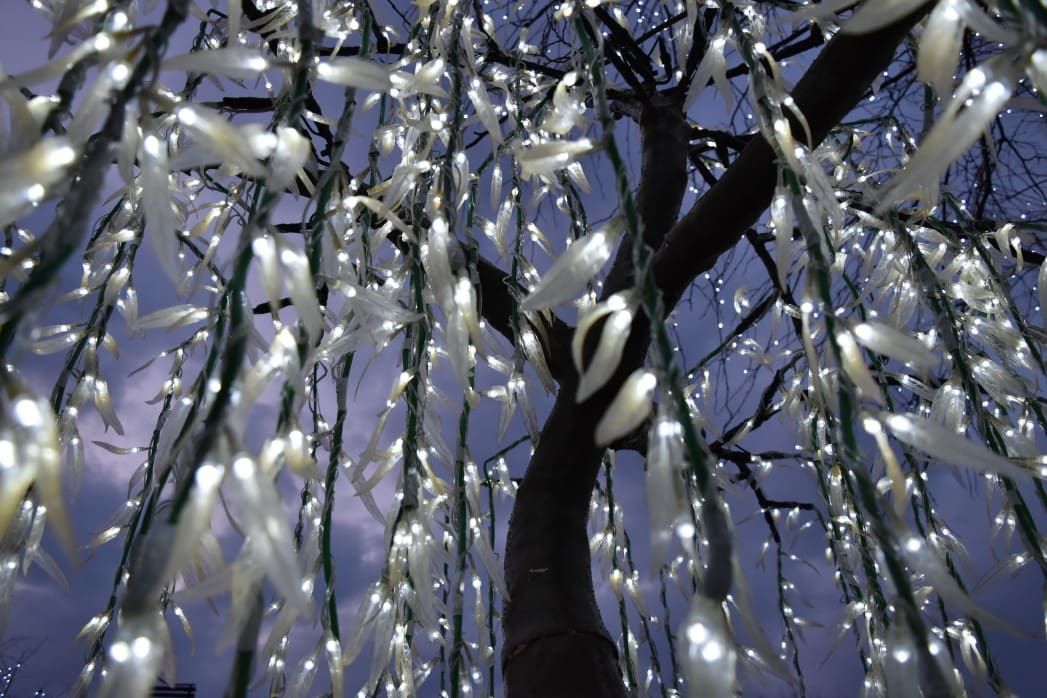Understanding Electrical Overload: The Basics
Electrical overloads occur when the demand for power from an electrical circuit exceeds its designed capacity. This is a common issue during festive seasons when homeowners festoon their houses with strings of decorative lighting without considering the cumulative electrical load. Overloaded circuits can lead to various consequences, ranging from minor inconveniences to severe safety hazards, underscoring the importance of understanding and avoiding this phenomenon.

The Immediate Dangers: Tripped Breakers and Blown Fuses
One of the first and most immediate consequences of overloading light strings is the tripping of circuit breakers or blowing of fuses. Circuit breakers and fuses serve as safety mechanisms, interrupting the flow of electricity when the current becomes too high. While this prevents more severe damage or fires, it’s an inconvenience that disrupts your display and requires manual resetting or replacement. Frequent breaker trips or blown fuses are clear indicators that your electrical system is being strained beyond its limits.
Heat Buildup: A Silent Threat
A more insidious consequence of overloading light strings is excessive heat generation within the wiring and sockets. Electricity flows through wires as moving electrons, and this movement generates heat. When too much current passes through a wire designed for lower loads, the heat production escalates, potentially melting insulation, damaging the wire, and posing a serious fire hazard. This is particularly concerning with older or substandard lighting sets that may lack proper insulation or have worn-out wires.
Long-Term Damage to Electrical Appliances
Overloading doesn’t just pose an immediate risk; it can also lead to long-term damage to your light strings and other electrical appliances connected to the same circuit. Continuous exposure to high currents can degrade the performance and lifespan of light bulbs, causing them to burn out prematurely. Moreover, the additional stress on electrical components can weaken their structural integrity, reducing overall efficiency and necessitating early replacements.

The Risk of Electrical Fires
Perhaps the most devastating consequence of overloading light strings is the heightened risk of electrical fires. As mentioned, excessive heat can ignite flammable materials like insulation, curtains, or dried foliage, quickly engulfing a room or house in flames. According to the National Fire Protection Association (NFPA), electrical distribution or lighting equipment is involved in nearly 50,000 home structure fires annually in the U.S. alone. Overloaded circuits contribute significantly to this statistic, highlighting the critical need for safe practices when decorating.
Preventive Measures: Calculating Your Load
To avoid overloading, start by calculating the total wattage or amperage draw of all light strings you intend to connect to a single circuit. Most modern holiday lights are low-wattage LED models, which consume far less energy than traditional incandescent bulbs. However, even with energy-efficient lights, exceeding the circuit’s maximum capacity is still possible if you’re not mindful. Always refer to the user manual or the label on your extension cords and power strips for their rated capacity.
Practical Tips for Safe Decorating
Implementing a few practical strategies can greatly reduce the risk of overloading. First, distribute your lighting across multiple circuits whenever possible. This balances the electrical load and minimizes the chance of any one circuit becoming overloaded. Secondly, use outdoor-rated extension cords and lighting specifically designed for exterior use if you’re decorating outdoors, as they are built to withstand weather conditions and have appropriate safety features. Lastly, never link more strands of lights together than the manufacturer recommends, and always inspect cords and bulbs for damage before use.

Investing in Smart Solutions
Advancements in technology offer smart solutions for managing holiday lighting safely. Smart light systems often come with built-in overload protection and can be controlled remotely, allowing you to monitor and adjust power usage effortlessly. Some systems even feature energy monitoring capabilities, providing real-time feedback on consumption, helping you stay within safe limits.
Raising Awareness and Education
An essential aspect of preventing electrical hazards is education. Sharing knowledge about the risks of overloading and safe decorating practices within your community can create a safer environment for everyone. Encourage friends and family to follow electrical safety guidelines, especially during peak decoration periods like Christmas and New Year’s Eve.
Emphasizing the Role of Professional Assistance
In addition to personal precautions, it’s crucial to recognize when professional assistance is necessary. If you’re unsure about your home’s electrical capacity, wiring condition, or the appropriateness of your decorations, consult a licensed electrician. They can assess your electrical system, identify potential hazards, and recommend upgrades or changes to ensure your decorations are installed safely.

Public Awareness Campaigns and Community Efforts
Communities and local authorities can play a significant role in mitigating electrical fire risks by initiating public awareness campaigns. These campaigns could include distributing informational brochures, hosting workshops on safe holiday decorating, and using social media platforms to disseminate safety tips. Collaborating with schools to educate children on electrical safety can instill good habits from an early age, creating a generation more conscious of electrical hazards.
Emergency Preparedness and Response Plans
Despite taking preventive measures, accidents can still occur. Therefore, it’s vital to have emergency preparedness plans in place. Ensure smoke detectors are installed and functioning correctly throughout your home, and develop a fire escape plan with your family. Regularly practicing this plan can save precious time in case of an emergency.
Insurance Considerations
Homeowners should also review their insurance policies to understand coverage related to electrical fires caused by holiday decorations. Knowing what is covered and under what circumstances can help you make informed decisions about additional safety measures or policy adjustments that might be necessary.

The Bottom Line: Prioritizing Safety
While decorative lighting adds warmth and cheer to our homes, it’s crucial not to overlook the potential dangers of overloading circuits. By understanding the consequences, taking preventive measures, and embracing technological advancements, we can ensure that our celebrations remain both bright and safe. Remember, a little extra caution goes a long way in protecting your home and loved ones from the hazards of electrical overloads.
The festive season should be a time of joy and celebration, not marred by the threat of electrical fires. By adopting a proactive approach—calculating loads, implementing practical safety measures, embracing smart technology, promoting education, seeking professional advice when needed, preparing for emergencies, and understanding insurance implications—we can significantly reduce the risk of electrical fires and safeguard our homes and communities. Let us strive to make every holiday season a safe and bright one for all.


